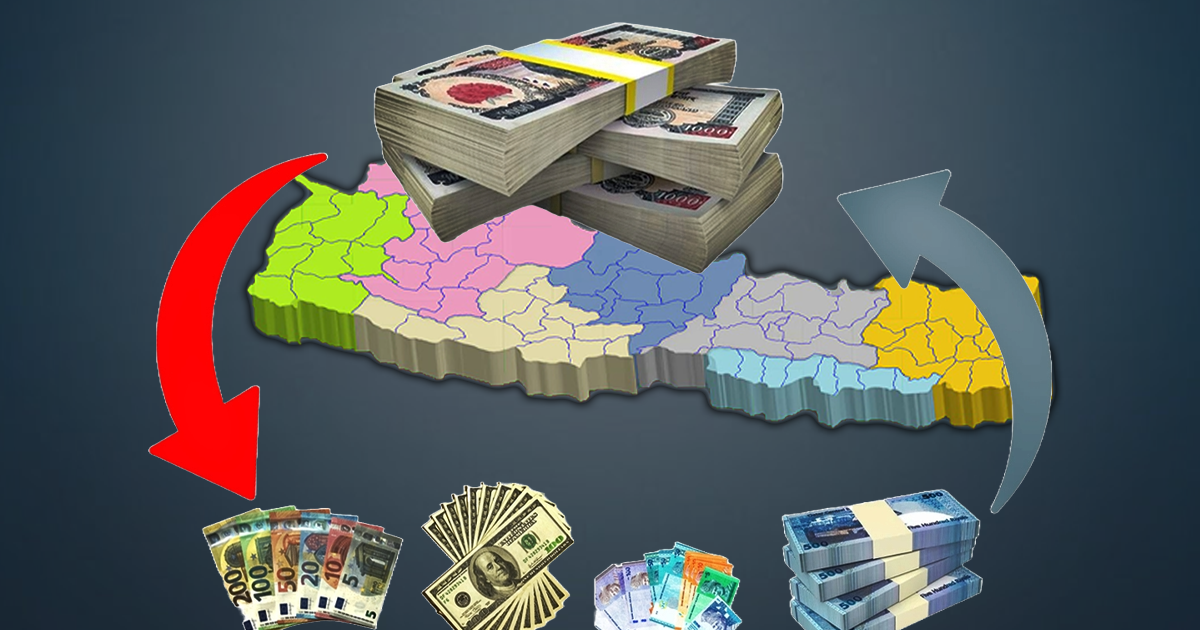Kathmandu: Despite Nepal Rastra Bank’s (NRB) implementation of working capital loan guidelines, the long-standing trend of borrowing loans to repay previous loans—especially at the end of fiscal quarters—has not stopped. Recent data from the final week of the last fiscal year further reinforces concerns over this financial practice.
In just the final week of Asar (mid-June to mid-July), banks and financial institutions issued an additional Rs 18.62 billion in loans. Typically, the end of Asar is a period when banks focus more on loan recovery rather than new loan disbursements. Therefore, a significant rise in net credit during this time suggests that new loans may be used not for new investments, but to repay existing principal and interest obligations.
During the final week of Asar, commercial banks expanded their loan books by Rs 11.07 billion, development banks by Rs 6.12 billion, and finance companies by Rs 1.62 billion. A single national-level development bank reportedly disbursed over Rs 1.5 billion in loans during this period.
According to banking insiders, this rise in loan disbursement is not the result of new business projects but due to entrepreneurs using approved working capital loans to pay off quarterly interest. This trend is not limited to the end of the fiscal year; such spikes are observed at the end of every quarter.
To address this misuse, NRB introduced its Working Capital Loan Guidelines in November 2022, aimed at promoting responsible financial practices and preventing capital misallocation. The guidelines stipulate that working capital loans must be issued based on a business’s annual turnover and cannot be used for fixed asset purchases, repayment of existing loans, or employee salaries. They also prohibit banks from increasing working capital loan limits in the final month of any fiscal quarter.
However, loan data from previous quarters suggest the problem persists. For instance, in February 2025, banks extended loans worth Rs 5 billion, and Rs 23 billion in March. But in April, that number jumped to a staggering Rs 72 billion. Similarly, in January, loans surged by Rs 155 billion, significantly higher than in November and December.
This recurring pattern suggests that businesses habitually take out new loans at the end of each quarter to settle previous dues, a form of financial engineering known as “evergreening of loans.” Even the International Monetary Fund (IMF) has expressed concerns about this trend, warning that such practices can mask underlying repayment risks and give a false sense of financial health.
NRB’s guidelines were designed to discourage this practice, yet the growing credit figures at quarter-end indicate that enforcement remains weak or circumvented.
This continued misuse of working capital loans poses systemic risks by artificially inflating credit growth, delaying recognition of non-performing assets, and undermining the health of the banking sector. Analysts stress that unless strict monitoring and penalty mechanisms are implemented, such unsustainable financial practices will continue, potentially compromising the country’s financial stability.



Comment Here